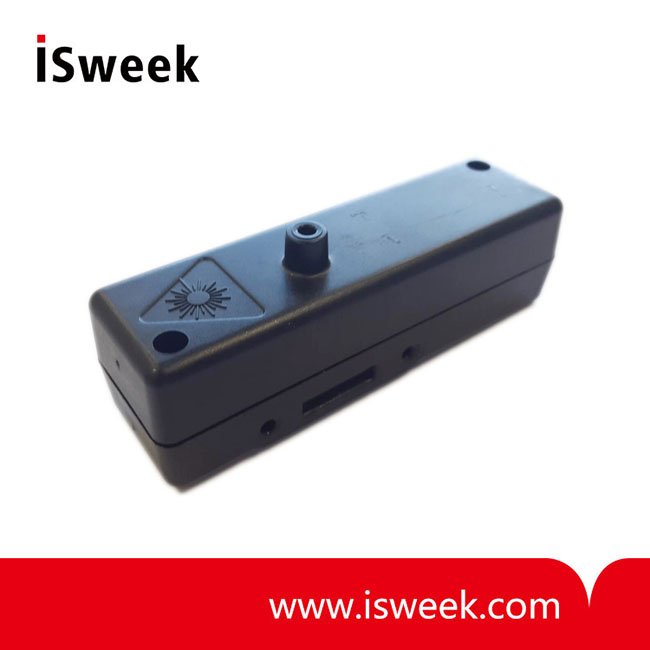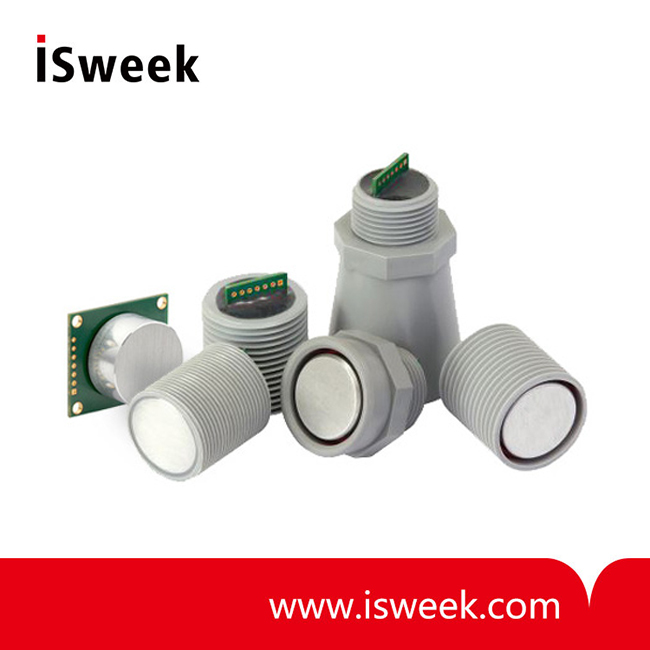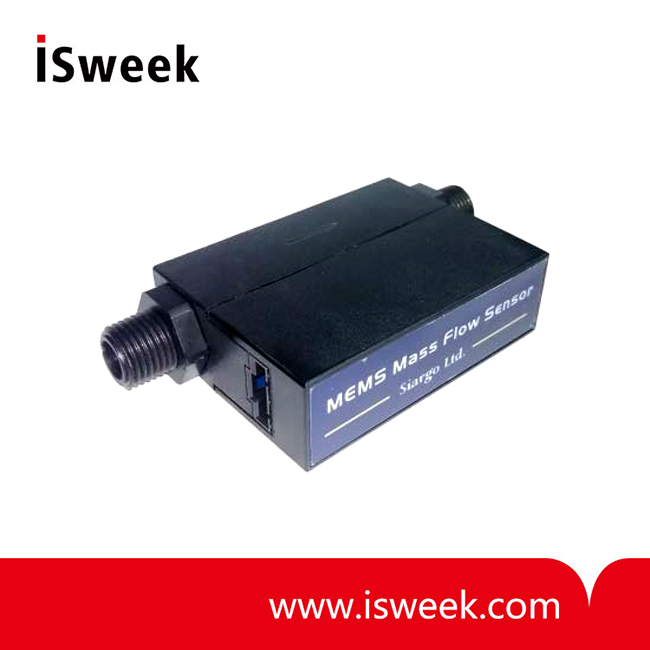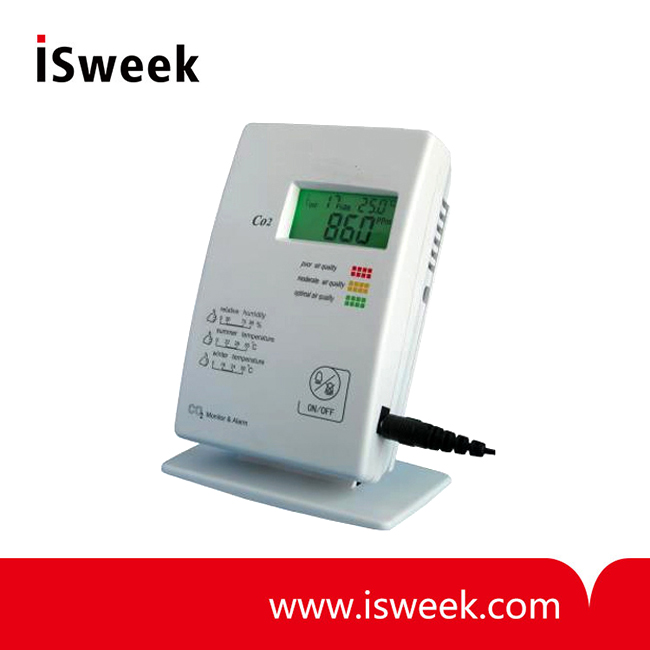Municipal sewers, sewage conduits, bilge wells and septic-tanks are containing and conveying sanitary and industrial sewage in urban areas. However, being sealed in such a relatively closed space, organic and inorganic matters in waste water can be resolved by microbial actions under anaerobic conditions to generate toxic and combustible gases. Under poor management and insufficient supervision, gases may be accumulated to reach a certain level, on which gas leakage will get people poisoned, and with open fire the gas can cause fire and even explosion, posing threat to personal and property safety.
In recent years, many gas explosion accidents happened in municipal blow-off lines due to excessive concentration of combustible gas in sewers and septic-tanks. One of them took place in Dali on March 23rd during the desilting process in W3-74 sewage open caisson implemented by the Third Construction Company, 5th bureau of CSCEC in Shangguan Town. The root cause of this accident, which resulted in 5 injuries and 3 deaths, is still under investigation.
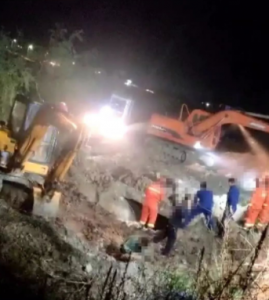
Alert! May to September is the high-incidence season of sewage treatment accidents!
Summarizing 47 typical cases of sewage treatment accidents, some scholars find out that the high-incidence season of sewage treatment accidents falls between May and September every year. Therefore each of the waste water treatment staff should raise his vigilance during this period.

Of course, accidents cannot be completely wiped out only with individual vigilance, since that complexity inside the pipelines is very hard to grasp. In this case, the development of modern sensing technology is beneficial for everyone, especially sewage treatment staff. By installing sensors in sewage conduits, situations inside the pipelines can be monitored in real-time, so that risks can be effectively reduced. In order to collect various data inside the pipelines, a complete smart monitor & precaution system for combustible gases in urban sewage conduit usually includes combustible gas sensors, toxic gas sensors, methane sensors, liquid level sensors, temperature&humidity sensors and oxygen sensors, etc. Based on application and market feedback, herein we ISWeek recommend several cost-effective sensors and modules as below.
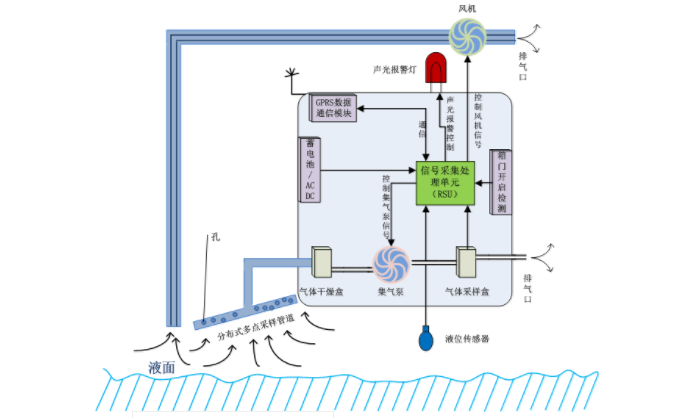
Figaro combustible gas sensor FSM-10H-01 is pre-calibrated Module for combustible gas which applies TGS2610-D00 module, it features durability and stability. The module outputs PWM signal which is proportional to detected gas concentration (The module has a memory storing factory calibration data), and is capable of detecting sensor wire breakage and short-circuit. The module can operate at wide temperature from -10~70°C. Furthermore, it has very low cross-sensitivity to organic gases, and significantly better endurance against silicon compounds, making it more suitable for rough environment.
Figaro Methane Gas Sensor Module FSM-T-01 is a pre-calibrated module for methane gas alarm which applies TGS2611 sensor together with optimized classic circuit measuring methane gas concentration. The module is pre-calibrated by Figaro’s highly accurate calibration equipment and manufactured with mature aging process. The purpose of the module design is to save the development and production cost of the user to its greatest extent, making it easier and more convenient for them to manufacture gas alarm for civil natural gas.
Humirel digital temperature&humidity sensor HTU21D is capable of measuring relative humidity between 0~100%RH and temperature in the range of -40~125℃. It adopts DFN packaging which is suitable for reflow soldering; it is as small as 3 x 3 x 1mm, and provides calibrated linear I²C digital output signal. Being a lead-free sensor, it can be the perfect replacement of SHT21 and SHT20sensors to be applied in motors and vehicles, medical care, industrial control, consumer electronics and household appliances, etc.
It’s high time that we should apply modern sensing technology to monitor urban pipelines. It is a significant step we take in city develop management which can protect personal and property safety. The sensors installed in pipelines monitor and collect internal data at any moment, and transmit them to dispatching center of sewage treatment plants or their branches automatically. The dispatching center summarizes and analyzes all these data, and issue alarm signals as soon as excess levels of toxic and harmful gas like methane, propane and butane are shown on display screens in the monitor centers. And then staff will arrive at the scene to check the data. If the data is true, series of precaution measures will be taken to prevent accident from happening.



